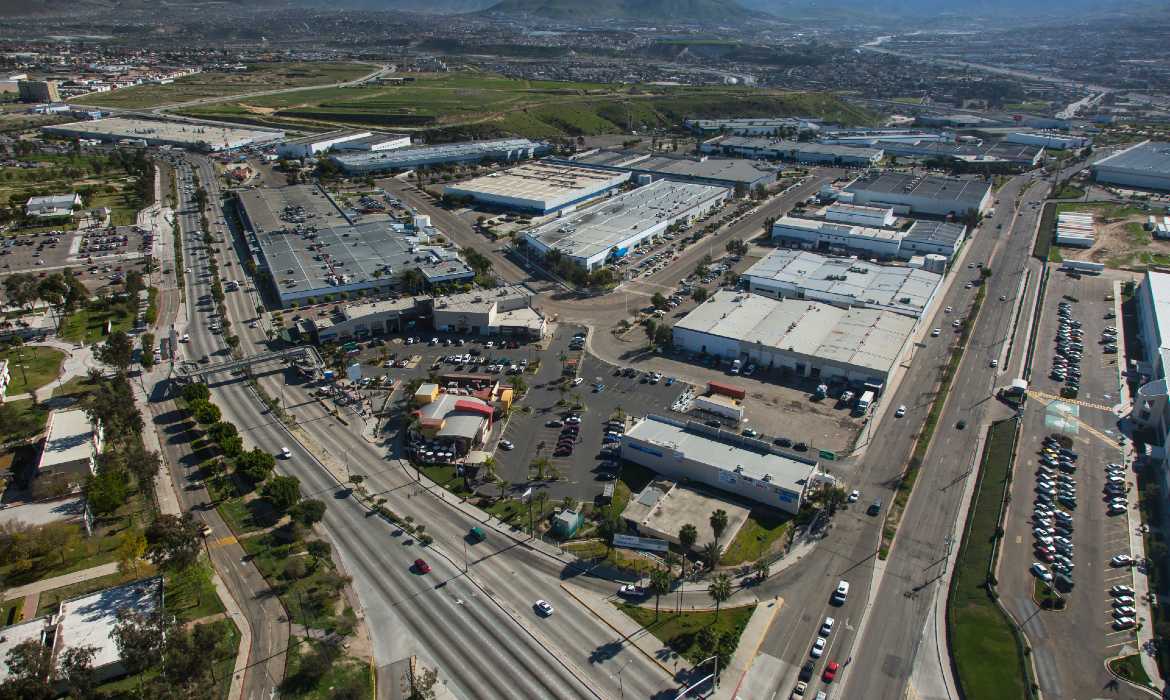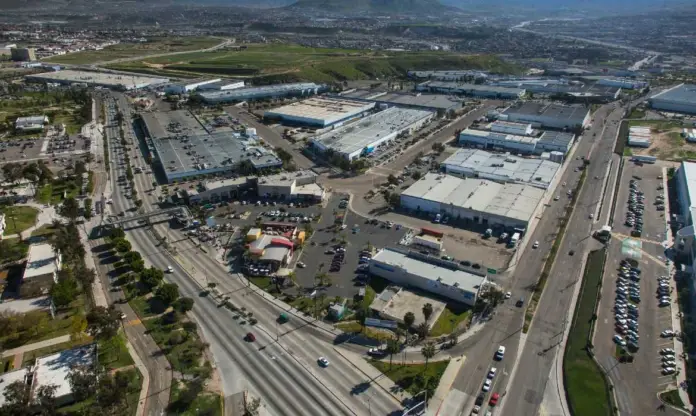In recent years, we have witnessed an unprecedented reconfiguration of global supply chains.
After the ravages of the COVID-19 pandemic, an urgent need for more resilient supply chains emerged, leading many companies to rethink their manufacturing and logistics strategies, pressured by the trade tensions caused by the United States and its tariff increases in recent months.
In this context, Mexico has positioned itself as an attractive alternative for nearshoring—the relocation of production processes—seeking a stronger presence in the North American market, which is attractive due to its size and purchasing power.
According to the Bureau of Economic Analysis, the United States imported nearly $3.3 trillion in merchandise in 2024 (a 6% increase compared to 2023).
Mexico has surpassed China as the United States’ main trading partner: we exported $506 billion in 2024 (an increase of more than 6% compared to 2023), while China traded $439 billion last year with the American market (a growth of less than 3%), according to data from the International Trade Administration.
Meanwhile, INEGI reported that Mexican goods exports reached $588 billion in 2024 (an increase of 5% compared to 2023). This growth has been largely driven by sectors such as automotive and specialized electronics, which have found in Mexico a favorable environment for their development and growth.
US foreign trade is a reflection of the structural reconfiguration of these global supply chains.
Several industries traditionally dominated by China—such as textiles and electronics—are already moving their production to other regions, such as Vietnam, Cambodia, and Thailand.
However, I believe Mexico offers a unique combination of advantages that make it attractive to companies looking to relocate their operations:
We have a network of 14 Free Trade Agreements (FTAs) with 52 countries, including the USMCA with the United States and Canada. In addition, we have signed 30 Agreements for the Promotion and Reciprocal Protection of Investments (APPRIs) with 31 countries or administrative regions and nine limited-scope agreements (Economic Complementation Agreements and Partial Scope Agreements) within the framework of the Latin American Integration Association (LAIA).
This guarantees preferential access to the world’s largest markets, with more than 1.4 billion consumers.
We have built a robust supply chain for the automotive, aerospace, and electronics sectors, supported by dedicated industrial clusters throughout the country: Tijuana, Hermosillo, Ciudad Juárez, Saltillo, Monterrey, San Luis Potosí, Querétaro, Guadalajara, Celaya, Toluca, and Puebla. These integrated industrial ecosystems allow for rapid scaling of operations.
We train highly technical human capital: in 2023, more than 175,000 students graduated from science, technology, engineering, and mathematics (STEM) programs, a 3.7% increase compared to 2022. The vast majority are in engineering fields: Industrial Engineering, Computer Systems, Mechatronics, Industrial Maintenance, or Mechanics.
These figures exceed many countries in the region, which strengthens our ability to attract highly specialized technical industries.
We are more competitive in production costs, due to the wide gap caused by the constant rise in wages in China, driven by its economic growth and the transition to a domestic consumption-oriented economy.
The average hourly wage in Mexican manufacturing was $5.10 in 2024, while in China it reached $6.50, a 44% difference in wages.
Furthermore, our geographic proximity to the United States is very helpful: a truck transporting merchandise from Monterrey to Texas takes less than 24 hours, while a sea shipment from Shenzhen can take up to 40 days.
We offer an environment of relative certainty compared to other emerging countries, with macroeconomic stability and controlled inflation (we closed 2024 at a lower level than in February 2021), coupled with annual growth in merchandise shipments: over the last five years, Mexican exports increased by $115 million.
The combination of our location, talent, and trade agreements gives us an advantage that no other country currently holds.
Mexico has a unique opportunity to strengthen its economy thanks to nearshoring, with an additional growth potential of 0.2% of GDP per year, as estimated by the World Bank. Likewise, some specialists have documented an increase in foreign direct investment (FDI) in manufacturing in the country, with an average annual growth of 20% since 2019, compared to 7% globally, attributed to factors such as rising costs in China and trade tensions between the two countries. Several analysts project that annual trade between Mexico and the United States could increase by up to 4%.
For all these reasons, I believe that nearshoring is not just a trade trend, but a structural reconfiguration.
Mexico is in a strategic position to capitalize on the opportunities offered by business relocation.
With a combination of competitive advantages and a firm commitment to addressing existing challenges, our country has the potential to consolidate its position as a leader in global manufacturing, but we need a real effort in public-private coordination to ensure that this growth is not wasted.
It’s not about replacing China in everything; that would be naive. China is a dominant player.
I think the question isn’t whether we can “beat” the Asian country in certain strategic sectors (such as advanced manufacturing, nearshoring for the United States, semiconductors, electric automotive, or medical devices), but rather whether we are willing to do what it takes to achieve it.
If Mexico does its homework, it can redefine itself as an essential hub of global trade in the 21st century.

Source: t21




